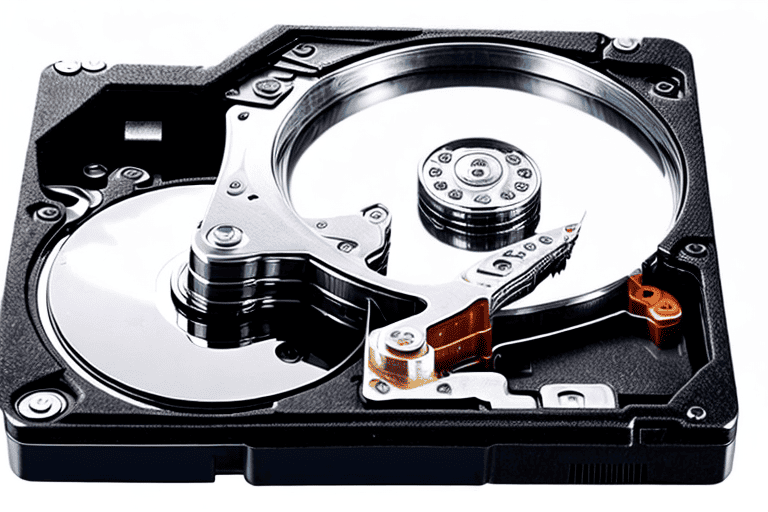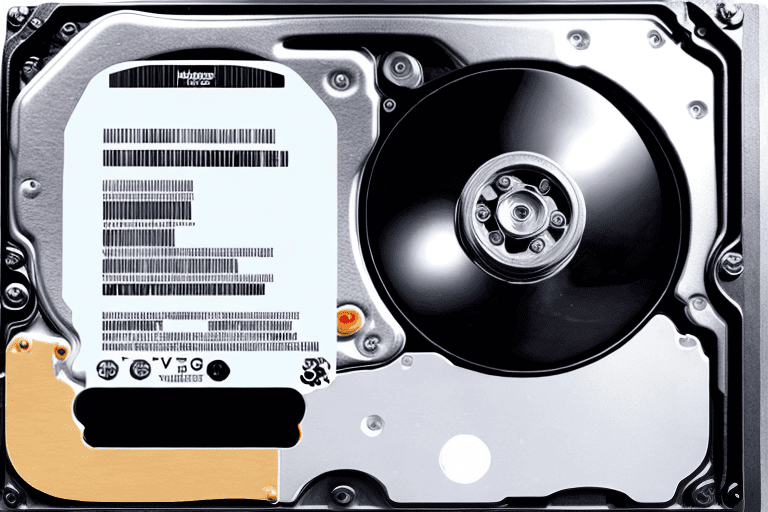
Are you encountering frequent errors and complications while updating your Windows operating system? Don’t worry, you’re not alone. Many users face Windows update problems, but the good news is that there are solutions available to help resolve them.
To resolve these issues, it’s crucial to first identify the root cause.
Is it a connectivity problem? Are there software conflicts? Are there any corrupted system files? Understanding the underlying cause will help you determine the appropriate troubleshooting methods.
One common problem users often encounter is the Windows Update cannot currently check for updates error. This error can occur due to factors like unstable internet connection or outdated/incompatible drivers.
Remember, it’s important to write in a professional yet friendly tone, avoiding the use of a thesaurus. Keep the language approachable and avoid sounding like AI.
Also, remember to jump right into the subject matter without an introduction or conclusion, and end the section naturally.
Click here to learn more about computers, computer repair, and technology
Most Common Windows Update Errors
Updating your Windows operating system is crucial for keeping your computer secure and up to date, but it’s not always a smooth process. There are several challenges that can arise during the update process, hindering the installation of important updates.
Issues such as being unable to install updates, updates getting stuck, failure of updates, inability to download updates, encountering error messages during updates, and facing continuous update failures are some common problems users often face.
In this section, we will explore these common issues and provide effective tips to overcome them, ensuring a smooth updating experience.

Troubleshooting Windows Update
Having trouble updating Windows? Don’t worry, you’re not alone. Many users find the process frustrating, but with the right approach, you can overcome common errors and issues that may arise.
In this section, we will provide you with valuable insights and tips to help you troubleshoot any problems you may encounter.
Let’s begin by addressing one crucial factor: your internet connection.
it’s important to ensure that your connection is stable and reliable. A weak or intermittent connection can often result in update failures or errors.
Therefore, before attempting any updates, make sure you are connected to a strong and stable network. By doing so, you can significantly reduce the chances of encountering any issues during the Windows update process.
Troubleshooting Windows Updates
- Ensure a stable and reliable internet connection to avoid update failures or errors.
- Having a weak or intermittent connection can significantly impact the update process.
- Connecting to a strong and stable network reduces the chances of encountering issues during Windows updates.
- A stable internet connection is crucial for a smooth and successful update experience.
Windows Update Error Codes
Windows Update Error Codes can be frustrating and time-consuming to deal with, but understanding the common issues and their solutions can help you resolve them quickly. We will explore some of the most frequent obstacles users encounter when updating their Windows operating system and provide actionable steps to troubleshoot and fix them.
One of the commonly encountered error codes is 0x
This error occurs when the Windows Update service cannot locate the necessary update files.
To resolve this issue, you can try utilizing the Windows Update Troubleshooter, a tool designed to automatically detect and resolve common update problems. You can manually delete the contents of the SoftwareDistribution folder and restart the Windows Update service, which may also assist in resolving this error.
Another often seen error code is 0x80070057, which indicates a problem with the Windows Update database. To address this recurring issue, Microsoft has introduced several solutions to fix Windows Update Error xff, Windows Update Error xc, Windows Update Error xf, Windows Update Error xc, Windows Update Error x, and ensure smooth software updates for users.
Fixing Windows Update
The Windows Update Troubleshooter tool is an invaluable resource for effectively troubleshooting Windows Update issues. This tool is designed to automatically detect and fix common problems that may be hindering the installation of updates.
It is highly recommended to run the Windows Update Troubleshooter tool whenever encountering errors during the update process.
To successfully address Windows Update errors, it is crucial to ensure the availability of a stable internet connection and sufficient disk space.
Regularly checking for pending or failed updates, updating device drivers, and utilizing the Windows Update Troubleshooter tool can all contribute to resolving these issues effectively. By following these steps, users can ensure a smoother and more successful Windows Update experience.
| Windows Update Troubleshooter tool | Steps to Resolve Windows Update Issues |
|---|---|
| Automatically detects and fixes common problems | Ensure stable internet connection and sufficient disk space |
| Designed for troubleshooting Windows Update | Regularly check for pending or failed updates |
| Highly recommended for resolving update errors | Update device drivers |
Windows Update Not Working
Is your Windows Update giving you trouble again? Are you experiencing difficulties with updating your operating system? Don’t worry, because We’re here to help you resolve these pesky Windows Update errors and issues. In this section, we’ll explore some important aspects of troubleshooting Windows Updates.
What are the most common error codes that may appear? How can you identify the root cause of the problem? Understanding the nature of the error is crucial in finding the right solution.
So, Let’s delve into the troubleshooting process and learn how to diagnose and resolve these issues step by step.
Whether it’s checking your internet connection or resetting Windows Update components, we’ll provide you with detailed instructions and useful tips to overcome any obstacles you encounter. we’ll share some effective practices to prevent future Windows Update problems.
Keeping your operating system up-to-date is vital for optimal performance and security.
Unable to Install Windows Updates
Having trouble installing Windows updates? One possible reason could be insufficient disk space. It is essential to regularly check the available disk space on your computer to ensure you have enough room for the updates.
Another common issue is outdated or incompatible drivers.
Keeping your drivers up to date is crucial for compatibility with the latest updates.
In addition, software conflicts can also prevent Windows updates from being installed. Temporarily disabling or uninstalling any third-party software that may interfere with the update process can help resolve this issue.
Corrupted system files can also cause update errors. Running the System File Checker tool can identify and repair any corrupted files, allowing the updates to be installed smoothly.
Keep these tips in mind when updating your Windows system.
Tips for Troubleshooting Windows Update Issues
- Insufficient disk space can prevent Windows updates from being installed. Regularly check your computer’s available disk space to ensure you have enough room for the updates.
- Outdated or incompatible drivers can cause problems with Windows updates. Keep your drivers up to date to ensure compatibility with the latest updates.
- Software conflicts can interfere with the Windows update process. Temporarily disable or uninstall any third-party software that may be causing conflicts to help resolve this issue.
- Corrupted system files can also lead to update errors. Use the System File Checker tool to identify and repair any corrupted files, allowing the updates to be installed smoothly.
Solutions for Failed Windows Update
If you’re frustrated by failed Windows updates, you’re not alone. Many users encounter errors when trying to update their operating system, and it can be a time-consuming process to resolve these issues.
Fortunately, there are several solutions available to help you fix these problems and ensure successful updates.
One effective solution is to check your internet connection.
An unstable or unreliable connection can cause the update process to fail. Make sure that you’re connected to a strong network and try the update again.
Another solution to consider is restarting your computer. Sometimes, a simple restart can resolve update issues by clearing temporary files or glitches that may be interfering with the process.
After restarting, try running the update again to see if the problem is resolved.
If restarting doesn’t work, you can try using the Windows Update Troubleshooter tool. This built-in tool, called Windows Update Automation, can automatically detect and fix common update errors.
Troubleshooting Update Error Messages
If you’re experiencing frustration and setbacks due to error messages when updating your Windows operating system, you’re not alone. These messages can disrupt your computer’s smooth functioning and leave you feeling stuck.
To overcome these obstacles, it’s important to approach troubleshooting update error messages systematically.
Understanding the specific error message you come across is vital, as it provides valuable information for resolving the issue.
Some commonly encountered error messages include Windows Update failed to install, Error code 0x80070002, or Windows Update encountered an unknown error.
To effectively troubleshoot these errors, we recommend starting by checking your internet connection. A stable and reliable connection is crucial because a weak or intermittent one can result in update errors.
Restarting your computer and using the Windows Update troubleshooter, a built-in tool designed to automatically detect and fix common issues, can be helpful.
Troubleshooting Windows Update Errors
- A stable and reliable internet connection is crucial for successful Windows updates.
- Restarting your computer can help resolve common update errors.
- The Windows Update troubleshooter is a built-in tool that can automatically detect and fix update issues.
- Understanding the specific error message is vital for effectively troubleshooting update errors.
Fixing Windows Update Service
Dealing with issues when updating your Windows operating system can be incredibly frustrating and disruptive to your computer’s functionality. it’s important to address these problems as they arise to keep your system optimized and up to date.
One of the key steps you can take is to optimize your Windows Update settings.
This involves ensuring that your internet connection is stable and reliable, checking for any pending updates, and using the Windows Update Troubleshooter to automatically detect and resolve common issues.
Resetting the Windows Update components can sometimes help resolve stubborn problems. If you’re still encountering issues, it may be necessary to seek further assistance from online forums or communities specialized in addressing Windows Update compatibility and installation concerns.
Resolving Windows Update Component Issues
Are you tired of constantly dealing with error messages and failed installations when updating your Windows operating system? If so, we have the perfect solution for you. Our comprehensive guide will walk you through the step-by-step process of troubleshooting and fixing common issues with Windows updates.
In this section, we will discuss how to identify the underlying issue, explore different techniques to address the problem, answer frequently asked questions, and provide tips to prevent future update errors.
Don’t let these troublesome issues disrupt your computer’s functionality any longer. Let’s get your Windows updates back on track with the help of Windows Update Support. .
Troubleshooting Windows Updates
- Identifying the underlying issue is crucial for resolving update errors.
- Exploring different techniques can help address a wide range of common problems.
- Frequently asked questions provide additional insights and solutions for troubleshooting.
- Tips for preventing future update errors can save time and maintain computer functionality.
The Best New Features in Windows 11 You Should Be Using
Why is My Computer Fan So Loud? Causes and Fixes
